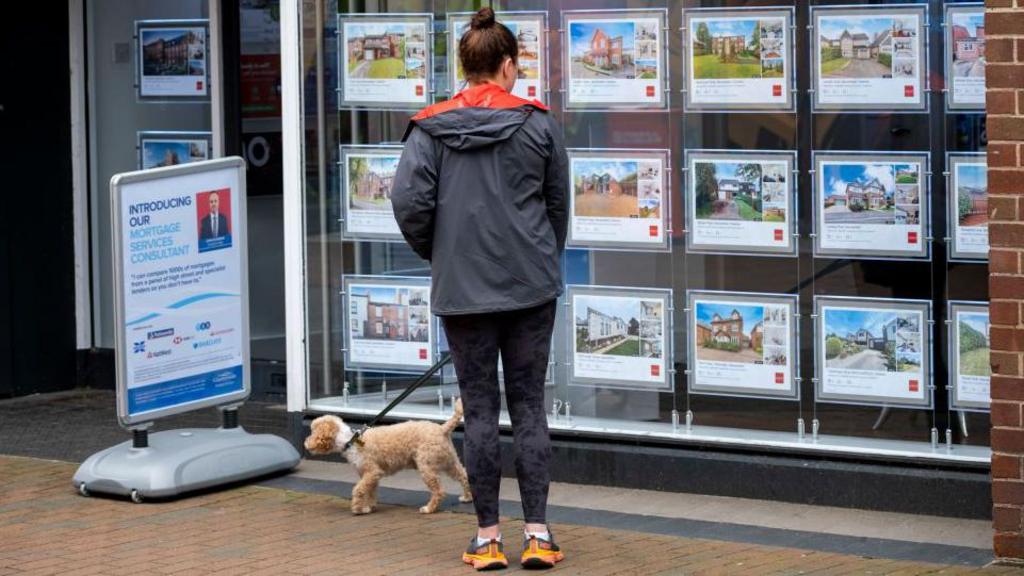Chancellor Rachel Reeves faces a series of critical decisions in the lead-up to the November Budget.
Economic analysts suggest she is poised to breach her own fiscal rules on government borrowing unless substantial savings or revenue increases are identified to bridge the gap between public spending and tax receipts.
To address this shortfall, reports indicate the government is exploring potential reforms to stamp duty and other property taxes, having consistently ruled out increases to income tax, employee national insurance, or VAT.
While such changes could generate significant revenue, they also present a number of potential drawbacks.
Capital Gains Tax (CGT) is levied on the increase in an asset’s value when it is sold.
This tax applies to the sale of assets like artwork, secondary residences, and stocks and shares, but primary residences are currently exempt.
Therefore, the full £10,000 profit from selling a primary home for £210,000 that was purchased for £200,000 is typically exempt from CGT, with limited exceptions for properties exceeding 5,000 square meters or those with portions that have been rented out.
According to The Times, the government is considering removing this exemption for higher-value homes, subjecting those sales to CGT at the prevailing rates of 24% for higher-rate taxpayers and 18% for lower-rate taxpayers.
The potential revenue generated depends on the value threshold at which homes become subject to the tax. In the last financial year, CGT raised £13.3 billion.
Critics argue that removing CGT relief for higher-value home sales could stifle transactions, potentially limiting the revenue generated.
Simon French, Chief Economist at Panmure Liberium, told the BBC that abolishing the relief “would be potentially incredibly lucrative but also incredibly controversial.”
Another potential reform under consideration is the abolition of stamp duty, a tax levied on the purchase of homes.
Unlike CGT, stamp duty is based on the property’s value at the time of purchase, not on any subsequent increase in value.
Stamp duty is not applied to homes purchased for less than £125,000, and first-time buyers are exempt on properties valued up to £300,000.
Purchasers of more expensive properties pay a percentage of the home’s value.
Colleen Babcock, a property expert at Rightmove, describes the tax as “a huge barrier to movement, from first-time buyers to downsizers.”
However, eliminating stamp duty would also mean forgoing substantial revenue, as the tax generated £11.6 billion in the last financial year.
Therefore, reports suggest that any abolition of stamp duty would be accompanied by other property tax reforms.
One potential replacement for stamp duty is a national proportional property tax on homes valued over £500,000.
According to a report by Dr. Tim Leunig for the center-right think tank Onward, which is reportedly influencing the Treasury’s considerations, this tax would be paid annually by buyers of homes exceeding that threshold, rather than as an upfront payment.
The annual rate would be determined by the government, but the report suggests a 0.54% tax levied on the home value between £500,000 and £1 million at the time of purchase, with a higher rate for any value exceeding £1 million.
For instance, a property purchased for £600,000 would only be subject to the 0.54% rate on £100,000. Properties valued under £500,000 would be exempt.
The report indicates that this tax could generate revenue comparable to stamp duty each year. However, Lucian Cook, Head of Residential Research at Savills, notes that a gradual annual levy would not immediately replace the upfront revenue provided by stamp duty.
As such, he suggests that the idea “probably falls at the first hurdle” due to the time required for it to become effective.
Council tax is a levy that funds local authorities.
It is based on the property’s value in 1991, or, for properties built after that date, the estimated value in 1991.
This valuation method reflects the year the tax was introduced, but critics argue that it is an outdated and complex approach.
They also contend that disparities arise due to the tax being calculated at the council level.
This means that residents living in homes of identical value may pay different council tax rates depending on their council area.
Despite widespread criticism of the current council tax system, government proposals for changes to the system have also faced scrutiny for potentially redistributing funds from some areas to others.
This underscores the challenges the government may encounter in attempting to overhaul council taxes.
The Treasury has not commented on any of the recent reports.
“We are committed to keeping taxes for working people as low as possible,” a spokesperson said.
Borrowing last month was the lowest July figure for three years, following rises in tax and National Insurance receipts.
The state borrows to fund day-to-day spending as well as long-term infrastructure projects.
Food and drink prices have risen by 4.9% over the last year, according to ONS inflation data.
Prices are now rising slightly quicker than expected and at their fastest pace since January 2024.
The interest rate set by the Bank of England affects mortgage, loan and savings rates for millions.

